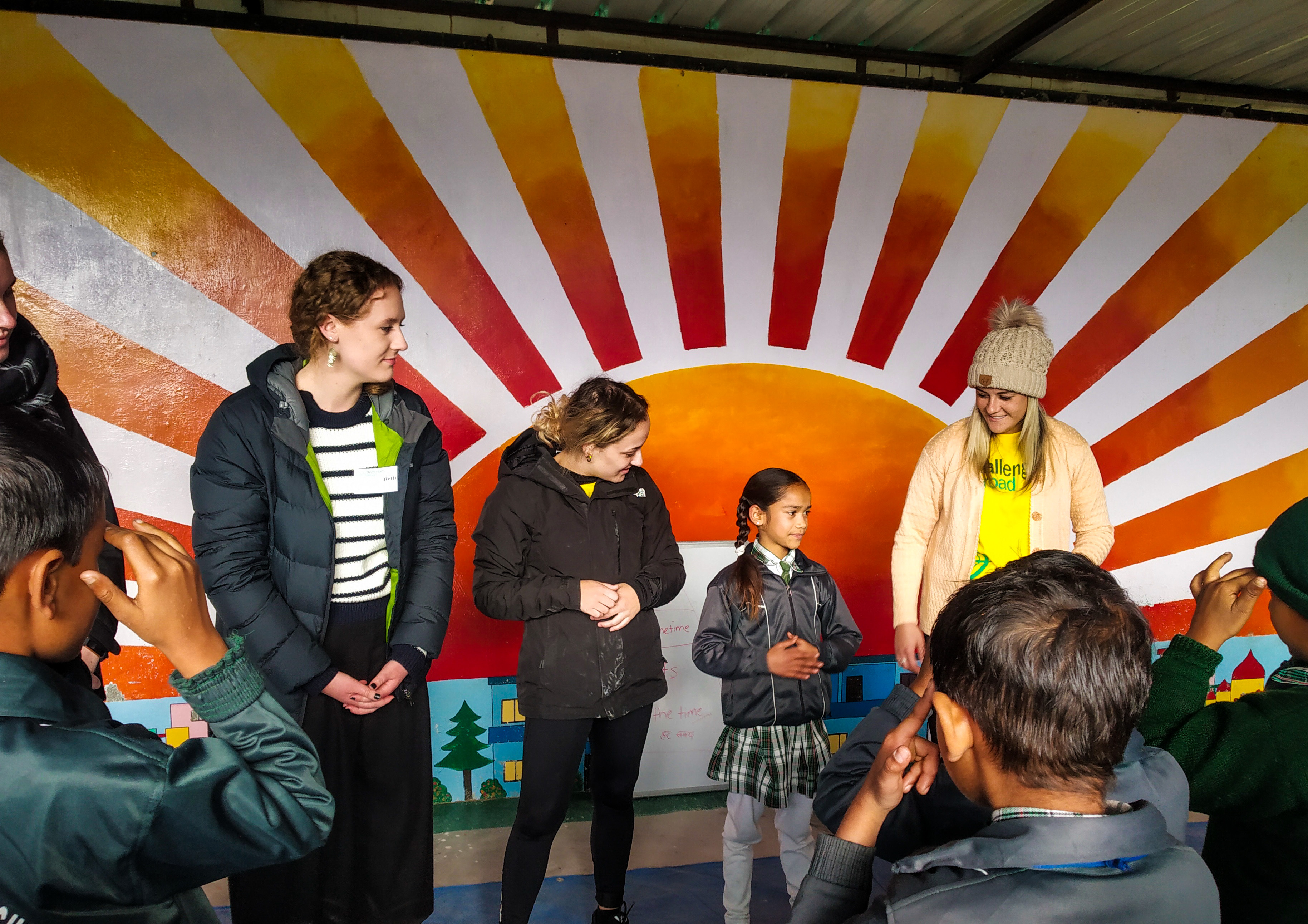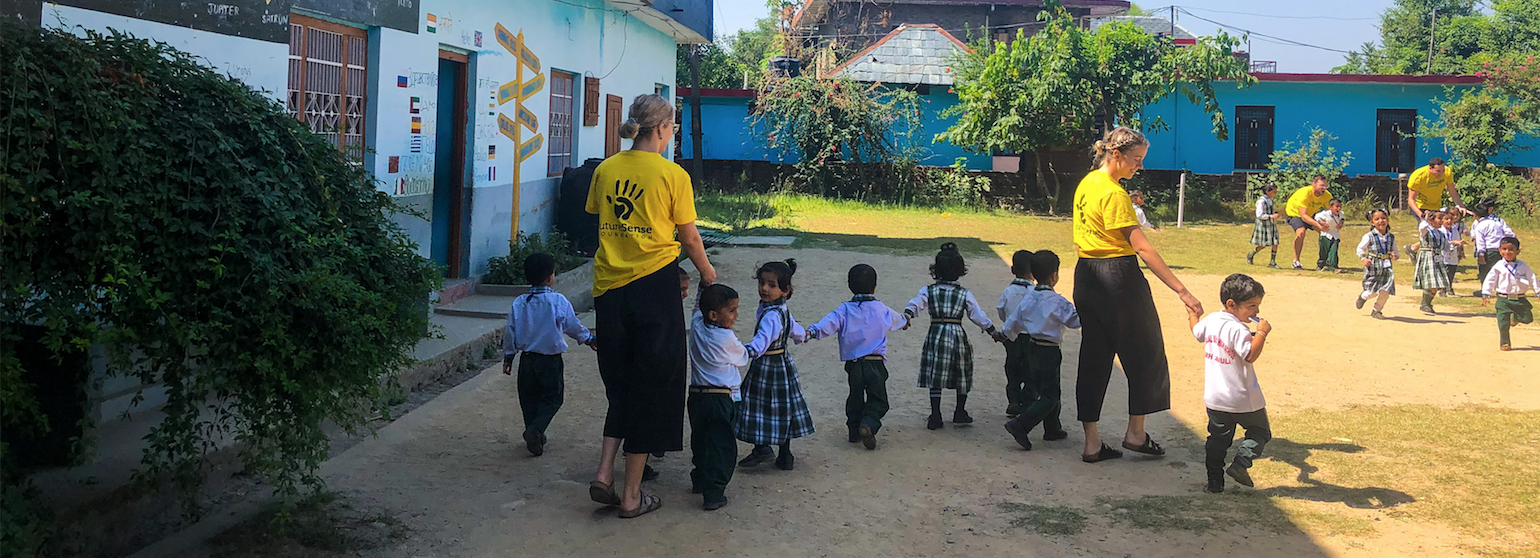How our volunteers use music to help children learn English
By Sarah Dean
How effective is music when it comes to teaching children English? And is it a method that influences their motivation to learn it? There are many aspects of learning a language, and it’s so much more than learning a word to then be able to make a sentence. You need to learn the basics, the foundation of what makes a language a language. That includes sound, pronunciation and vocabulary.
On our challenges, our volunteers will be teaching younger students in some form. While their focus might be on STEM, the environment, health promotion or creative arts, our volunteers will also be seeking to improve students’ conversational English skills. To maintain student interest and motivation, our volunteers often resort to music and songs.
Music and songs are great because they disguise the learning process. Children love songs and if they are used in a lesson for the purpose of learning a language, they’re most likely to jump for joy and participate. Especially when they are mostly used to rote-learning, where they just copy down word for word what the teacher is saying.
We’ve found that traditional educational songs resonate best with young students and songs with humour, rhymes or chants are great tools for learning a language. The rhyme and tune of a song can improve pronunciation, vocabulary development and fluency! But the most influential aspect of a song is its repetition. Repetition helps children easily identify language structures and develop their listening skills. Music and songs can also be utilised to guide grammar through practice and revision.
Total Physical Response (TPR) songs are also another effective tactic to educate and motivate young students. TPR songs involve a physical response to what is heard, such as ‘Head Shoulder Knees & Toes’, but doesn’t require the student to verbally commit to the song until they’re ready. It allows them to get involved and learn along the way.

Besides the educational factors, songs help children flourish. It can help younger students with their confidence as it allows anyone to participate, no matter their level of English. And if children really like a song, they will probably continue singing it outside of the classroom, which helps to reinforce their learning.
The great thing about songs is that our volunteers can use them at any point in the lesson. At times they are great for introductions or as a starting exercise for class, and other times they are a back-up activity for when student focus may be lost. They might be the main part of a lesson or simply used just to have fun while learning!
Music and songs are essential parts of learning and growing that students in our partner communities can miss out on because of the common rote-learning method of teaching in these countries. A young student's focus can be extremely hard to captivate for long periods. But songs have the potential to extend their attention span in the classroom. Music creates a fun learning atmosphere and engages students in their education, maintaining their focus and helping them to be excited to come to school and learn. Perhaps most importantly, songs create a safe space and allow students of all levels to participate.
When you volunteer with us, you’ll get to experience for yourself the power of music and how heart-warming it is when the children start smiling and join in the fun in the classroom. Where would we be without the magic of music?





